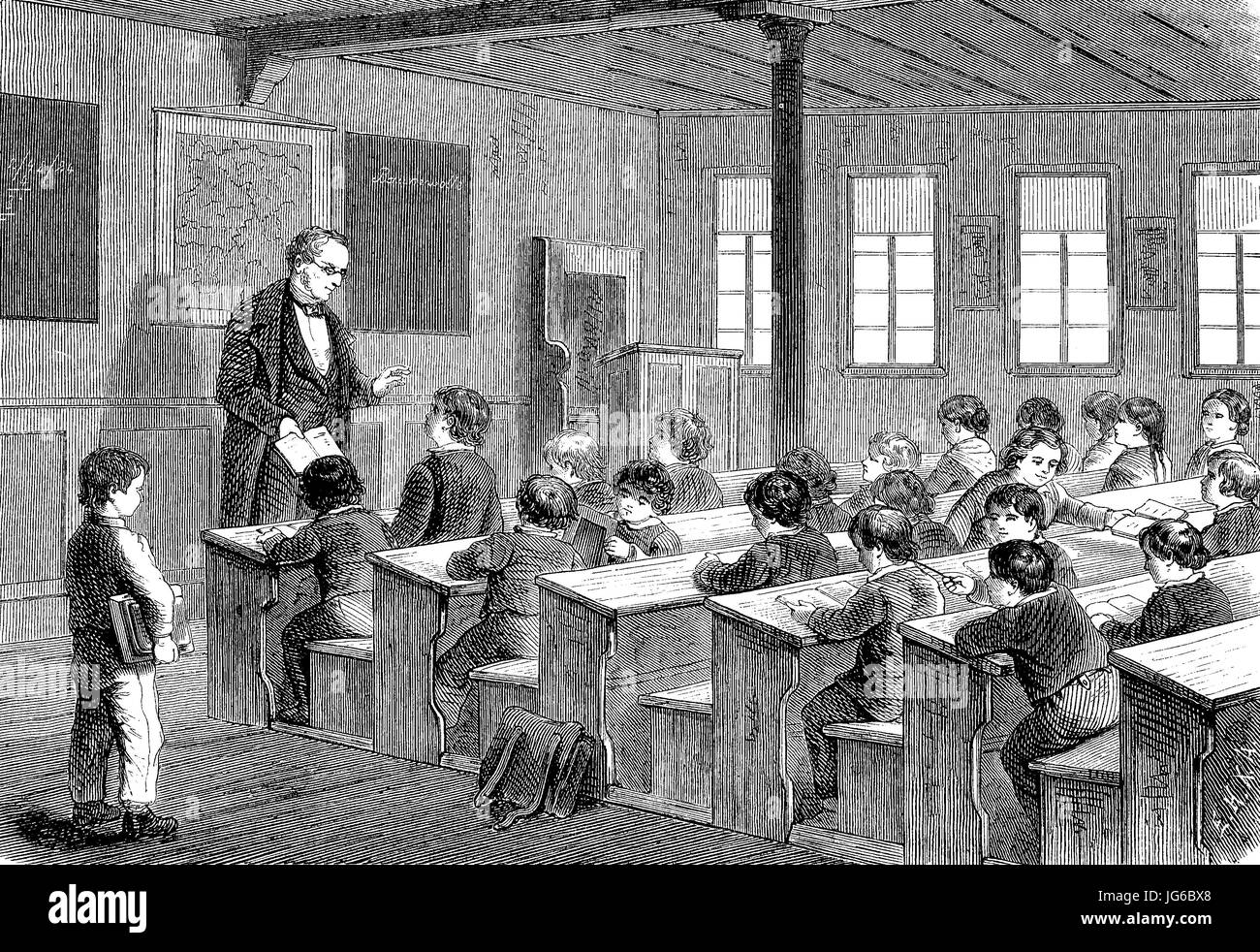ASSIGNMENT 1
The Common School Era Instructions
According to what I read the common school was established in the middle of the 1800s to give all white children access to free public education. These schools, which were supported by local property taxes, were a dramatic departure from the unequal and commercialized educational system of the colonial era. America's educational system in the eighteenth century was primarily run by families and religious organizations, with the odd short-term school supported by municipalities. Nonetheless, this system continued inequalities based on gender, ethnicity, and family income. After decades of discussion leading up to the Civil War, the common school movement aimed to rectify these disparities and establish a more organized, publicly overseen educational system.
 The idea that an educated populace would be essential to the fledgling republic's survival greatly impacted the tenets of the common school movement. Thomas Jefferson, Benjamin Rush, and Noah Webster, among other early American leaders, highlighted the value of education in fostering civic awareness, selecting moral leaders, and upholding the delicate balance between liberty and order. They maintained that access to education was necessary for democracy to continue, in addition to being an inherent right. The quest for "education for all," which reflected the democratic values of the new country, was strengthened by this belief. By fostering social justice and inclusivity in education and leveling the playing field for kids from every socioeconomic class, the common school movement sought to build an egalitarian society.
The idea that an educated populace would be essential to the fledgling republic's survival greatly impacted the tenets of the common school movement. Thomas Jefferson, Benjamin Rush, and Noah Webster, among other early American leaders, highlighted the value of education in fostering civic awareness, selecting moral leaders, and upholding the delicate balance between liberty and order. They maintained that access to education was necessary for democracy to continue, in addition to being an inherent right. The quest for "education for all," which reflected the democratic values of the new country, was strengthened by this belief. By fostering social justice and inclusivity in education and leveling the playing field for kids from every socioeconomic class, the common school movement sought to build an egalitarian society.
One important structural shift that made public education possible to start and continue was the funding of common schools by local property taxes. This concept made education a public obligation and avoided tuition fees, making education accessible to a larger populace. However, because local community wealth became correlated with educational quality, it also brought about financial inequality. The American public education system, with all of its flaws and compromises, came into being during this period. A pivotal participant in the movement, Horace Mann supported curriculum uniformity and teacher preparation to uphold high educational standards, believing that common schools would foster a more egalitarian society. His efforts demonstrated that all systems have costs. They emphasized the difficulties and complexities of putting in place a public education system that sought to balance local sovereignty and central authority.
Understanding the common school movement requires taking into account the larger societal change that occurred in the middle of the 1800s. New social issues and the requirement for new institutions were brought about by the rapid urbanization, industrialization, and immigration processes. In reaction to these developments, the common schools were established with the goals of promoting moral education, assimilating a varied population, and preparing people for a more sophisticated economy. Even with the advancements, the system demonstrated racism, gender discrimination, and cultural biases—values that were questioned but were nonetheless common at the time. This acknowledgment offers a critical viewpoint on the common school movement, highlighting both its successes and shortcomings as well as the ongoing fight for justice and equity in education.

The tenet that education was crucial to the fledgling republic's survival and prosperity propelled the desire to create common schools. Horace Mann and other common school movement pioneers felt that education had the transforming ability to build a society that was more just and informed. Mann fought for free, universal, and non-religious education because he believed that every child should have the chance to flourish, regardless of their circumstances. This dedication to "education for all" was seen as essential to the upholding of democracy and advancing social transformation.
To summarize, the Common School movement was a watershed moment in American educational history, signaling the shift from a fragmented and inequitable system to a more organized and publically controlled framework. The themes of the young republic's survival, education for all, social reform, funding through local property taxes, and the inherent flaws of any system are critical to understanding the movement's goals and consequences. These themes illustrate the ongoing struggles and accomplishments in the pursuit of a more inclusive and equitable education system, demonstrating the intricate interplay between democratic ideals and actual reality. In the end we decide the order of each one such as words, sentences and phrases according to importance and what is most relevant, always guided by the reading.
Comments
Post a Comment